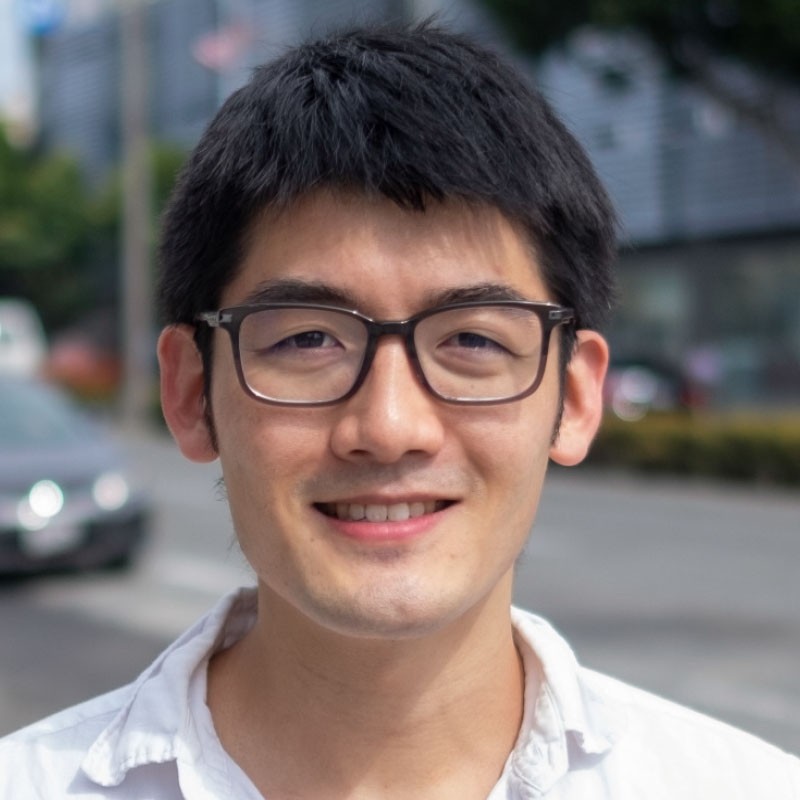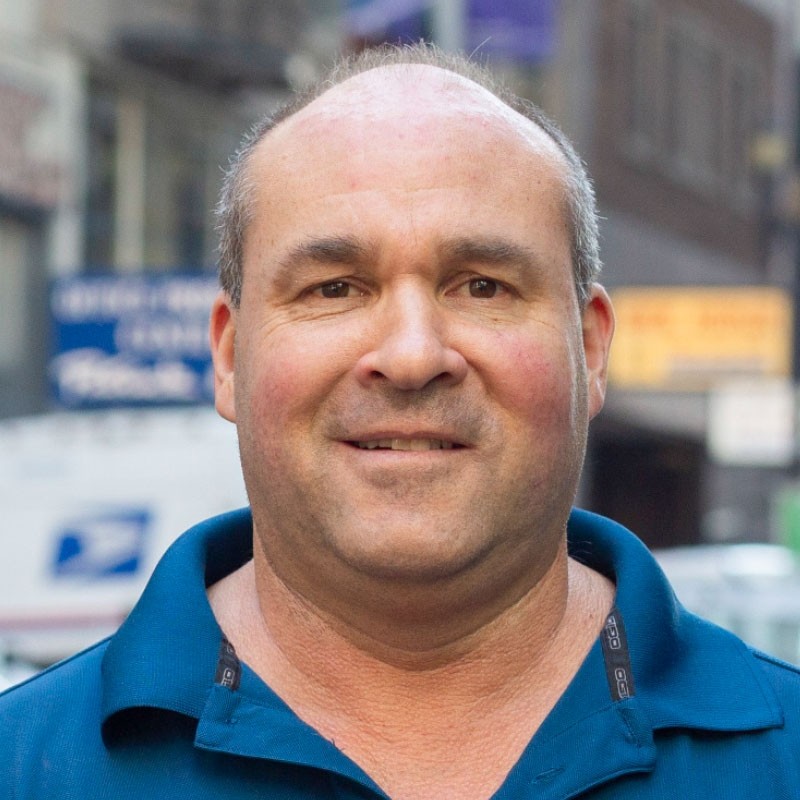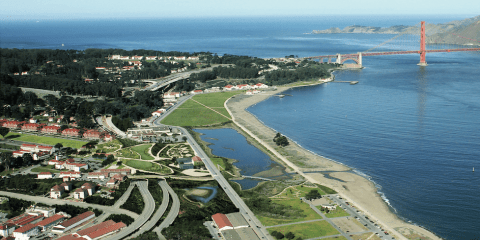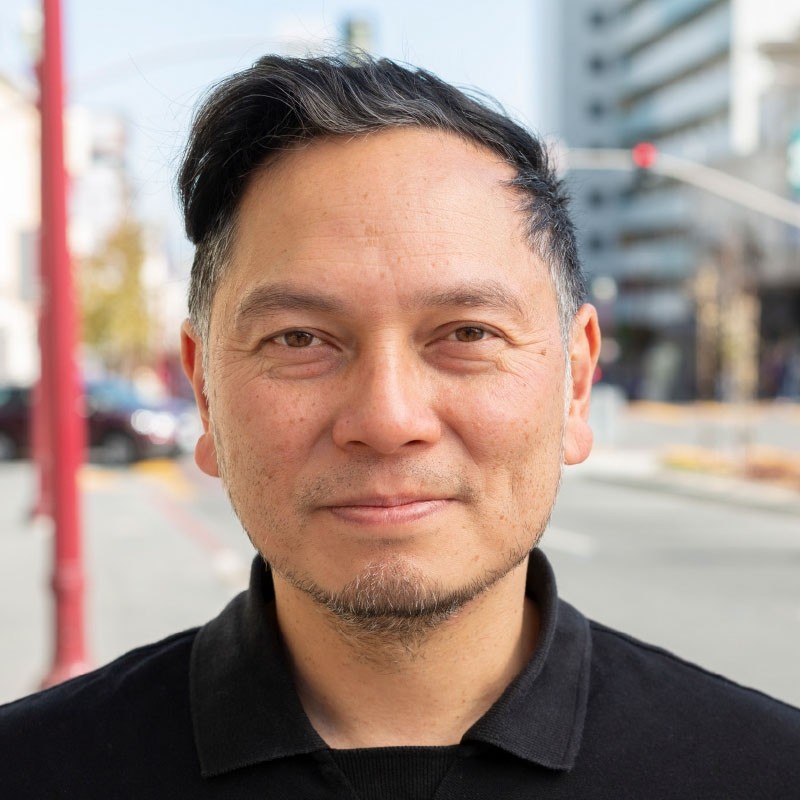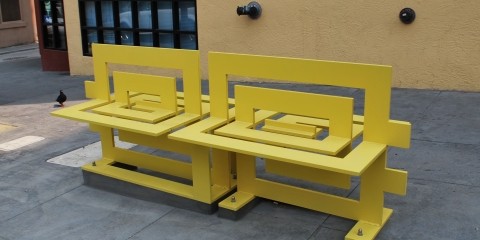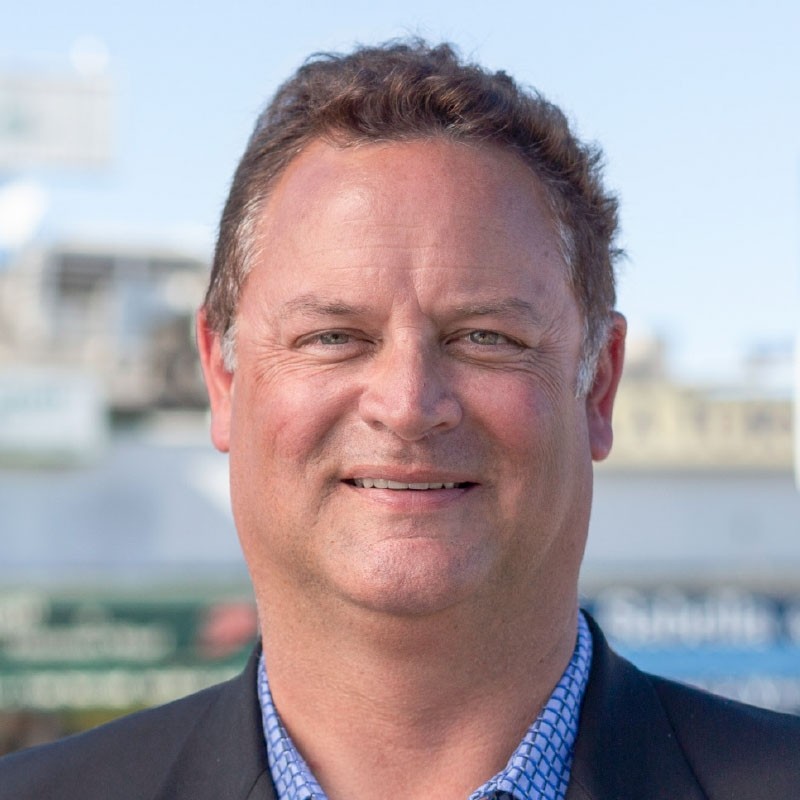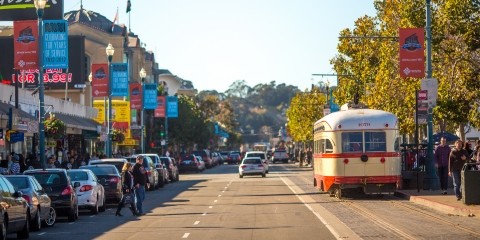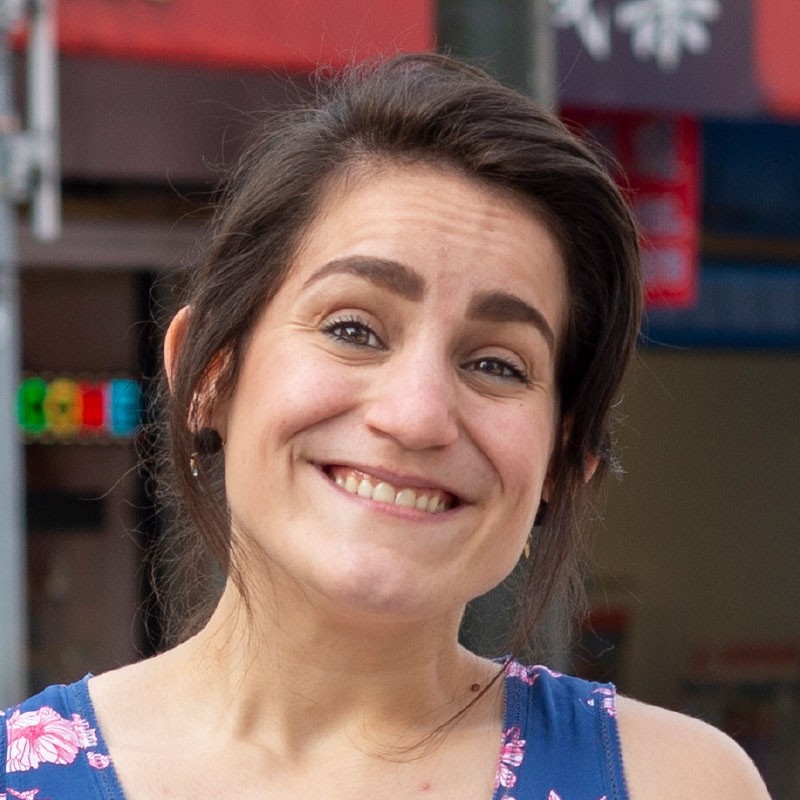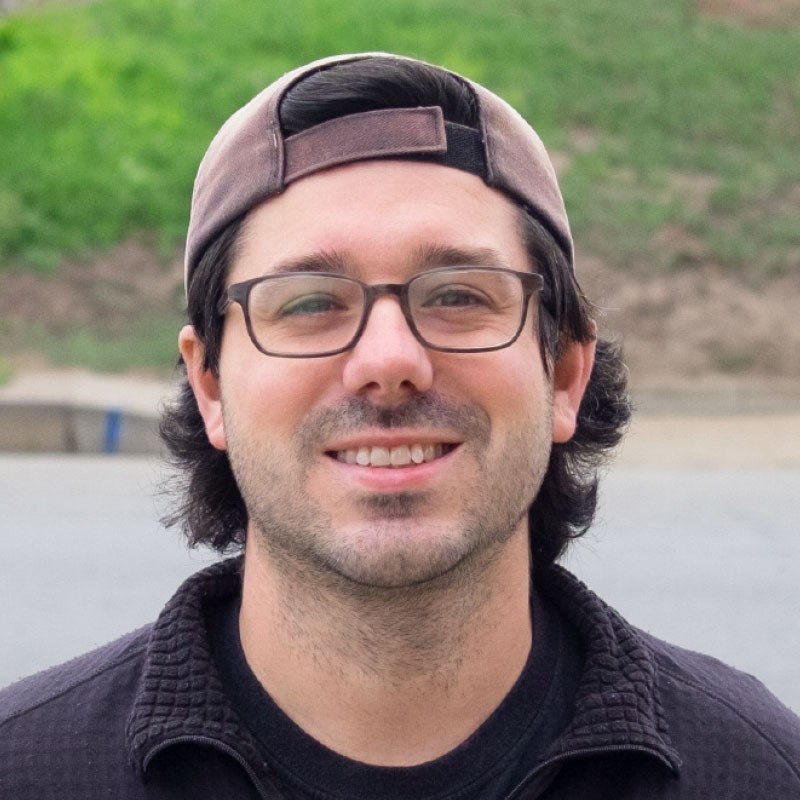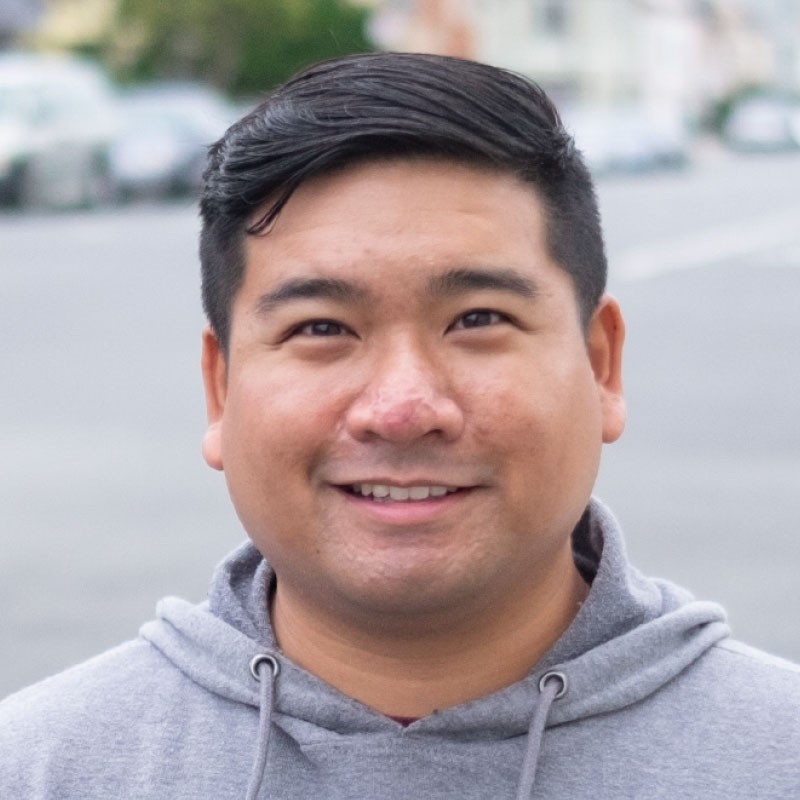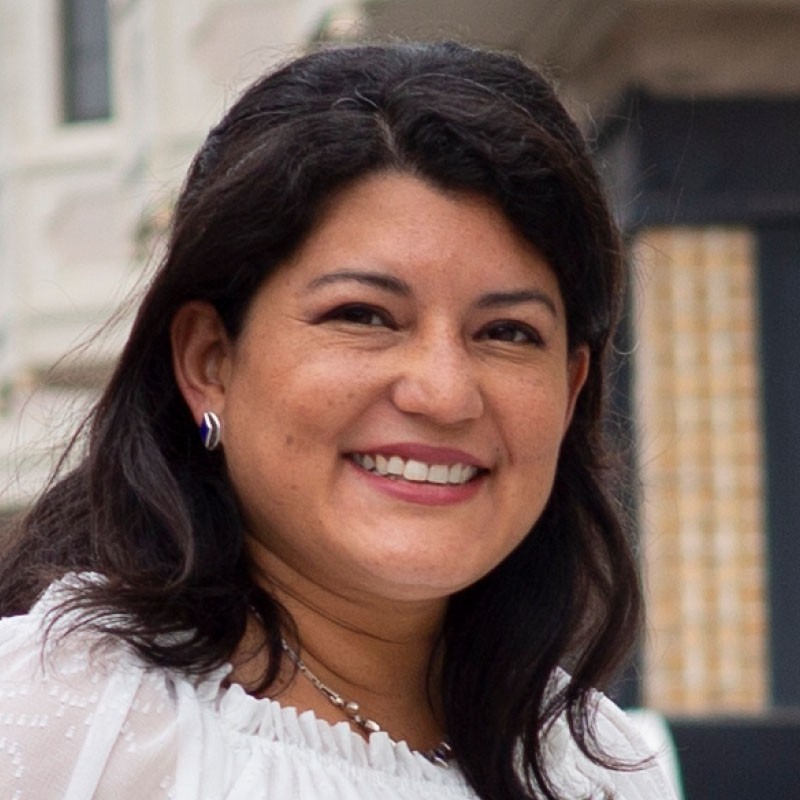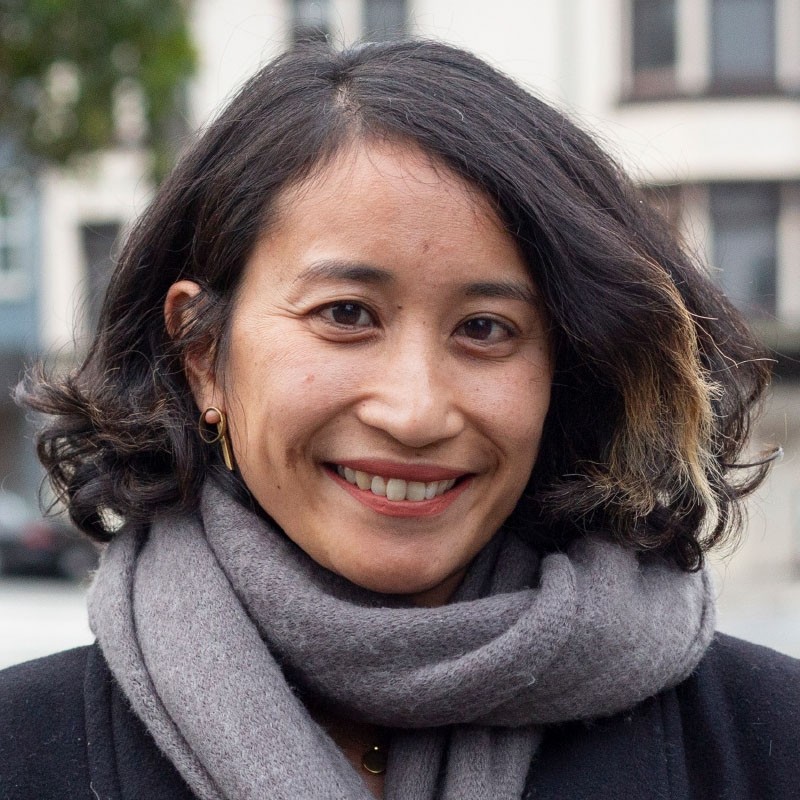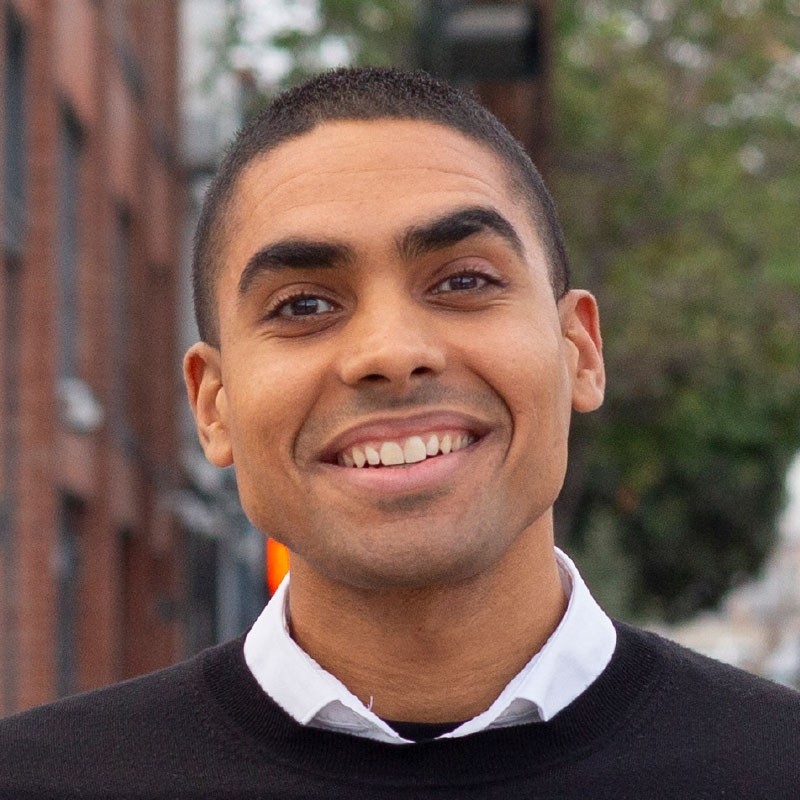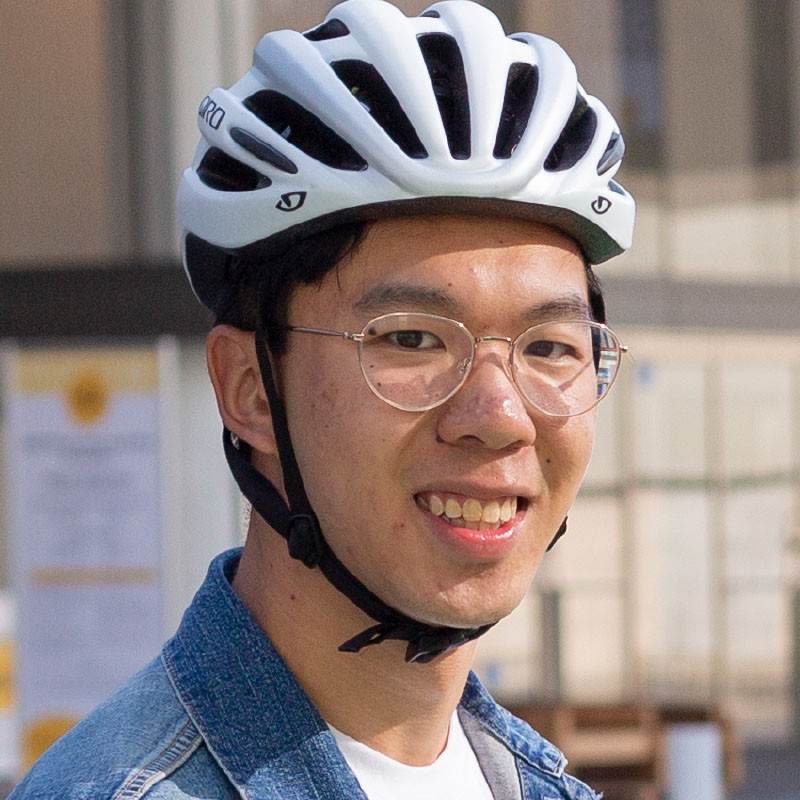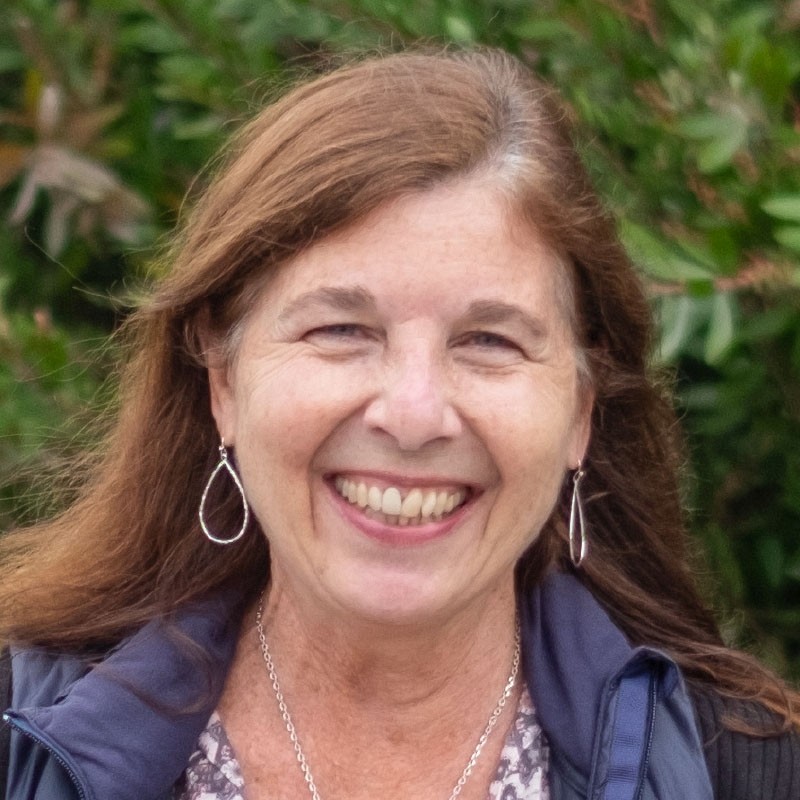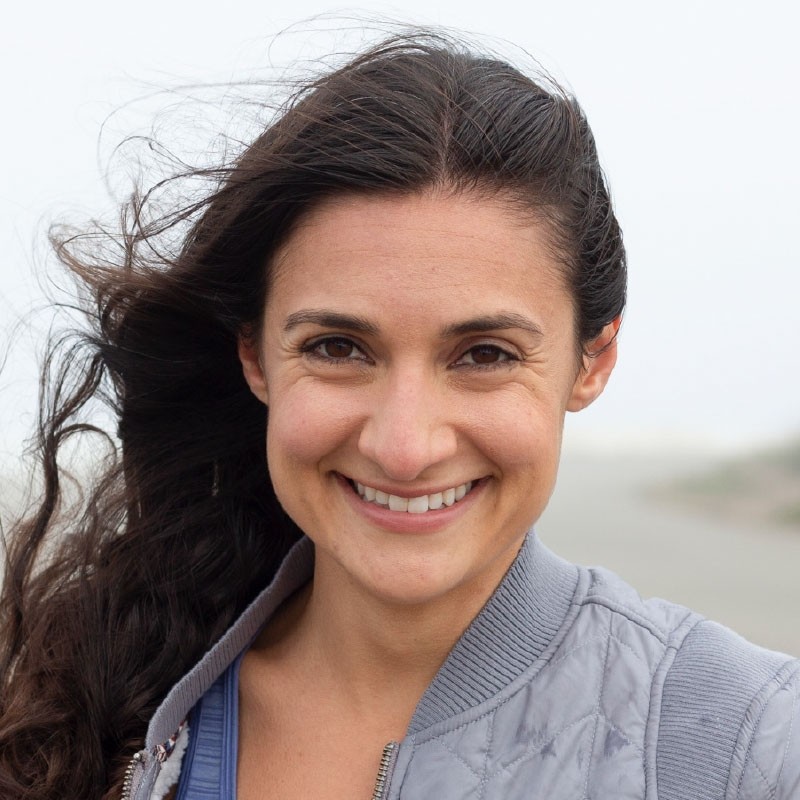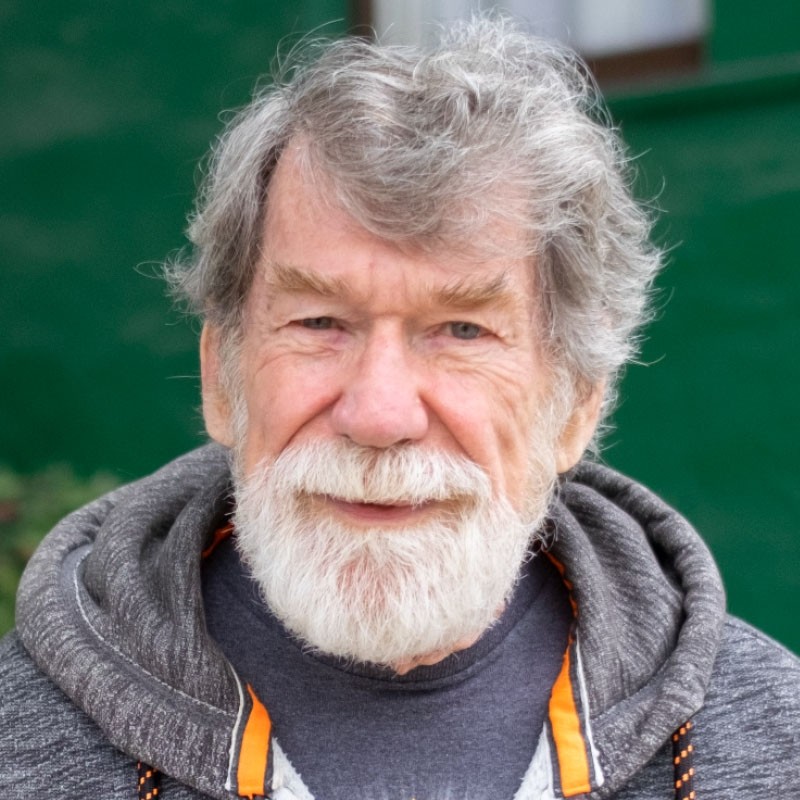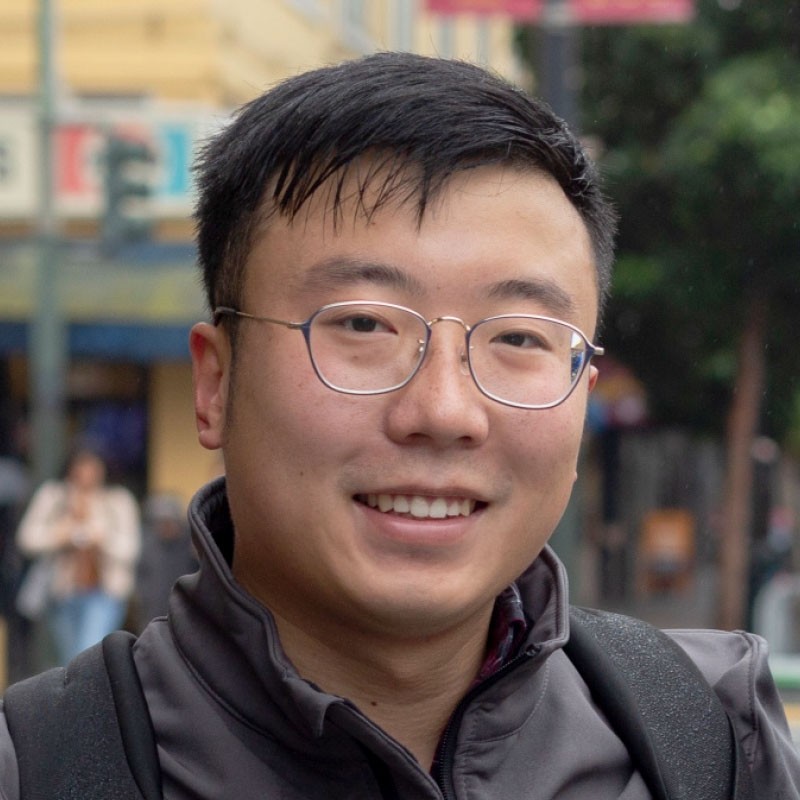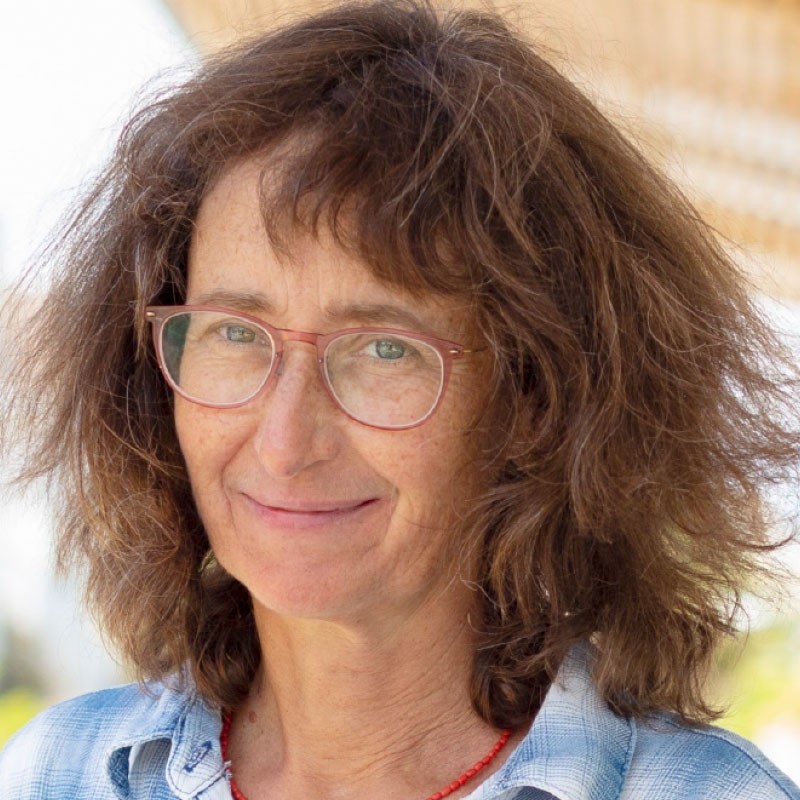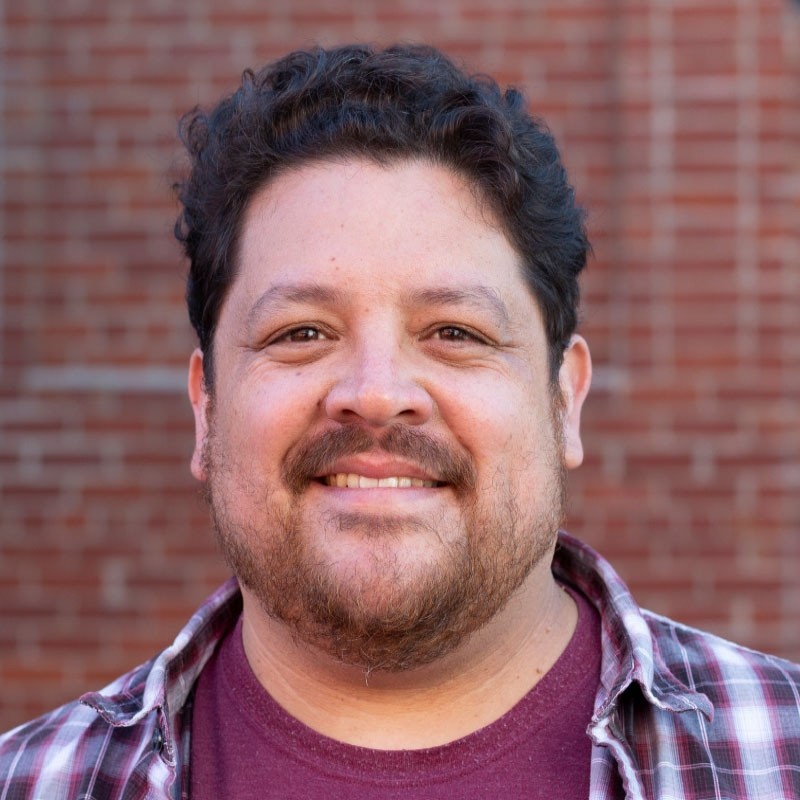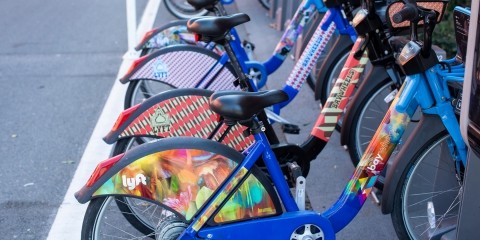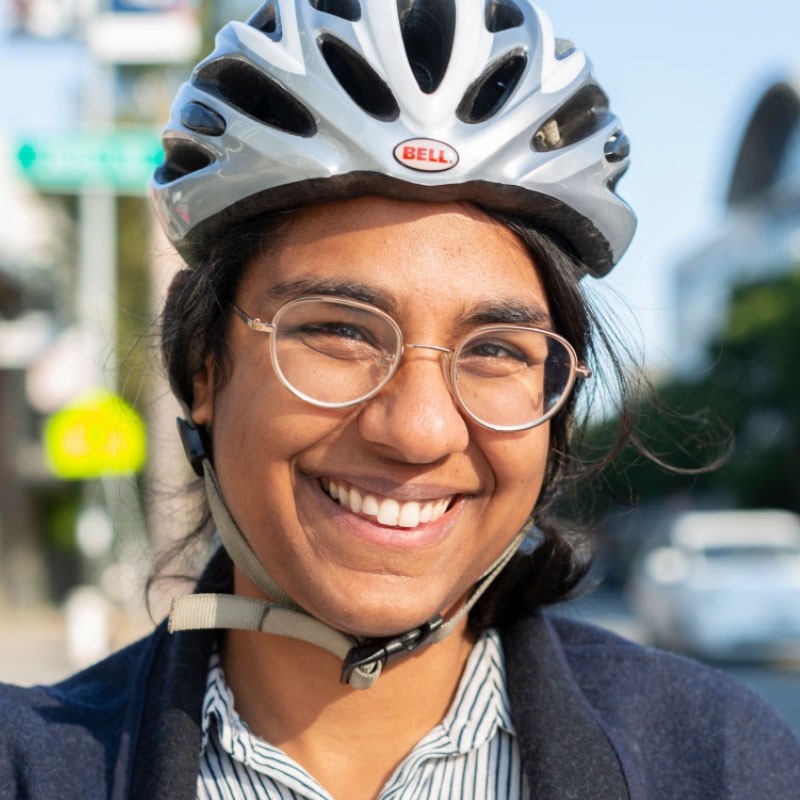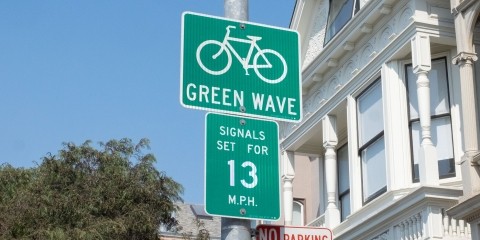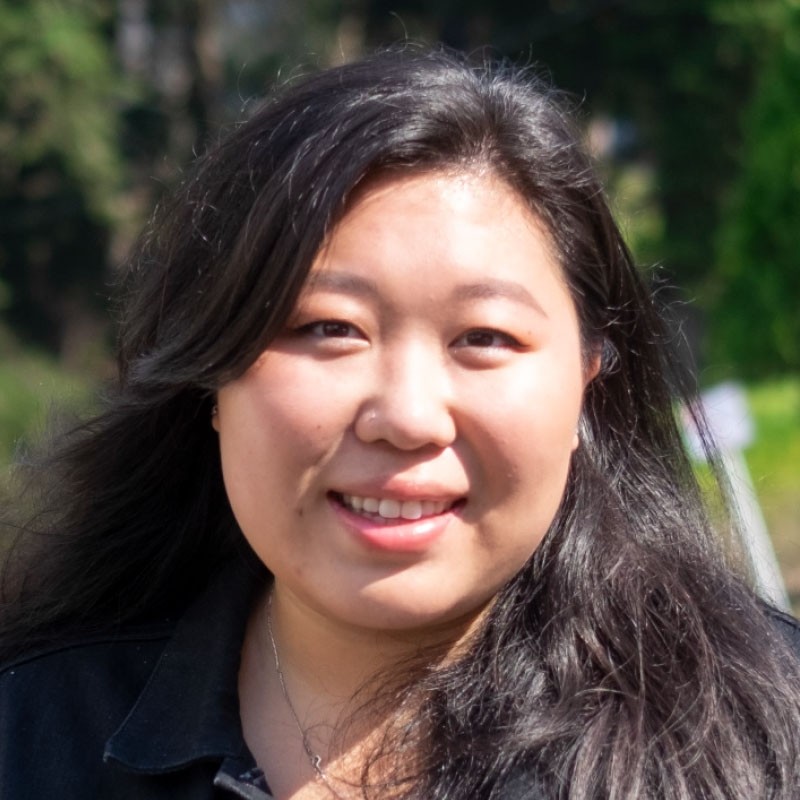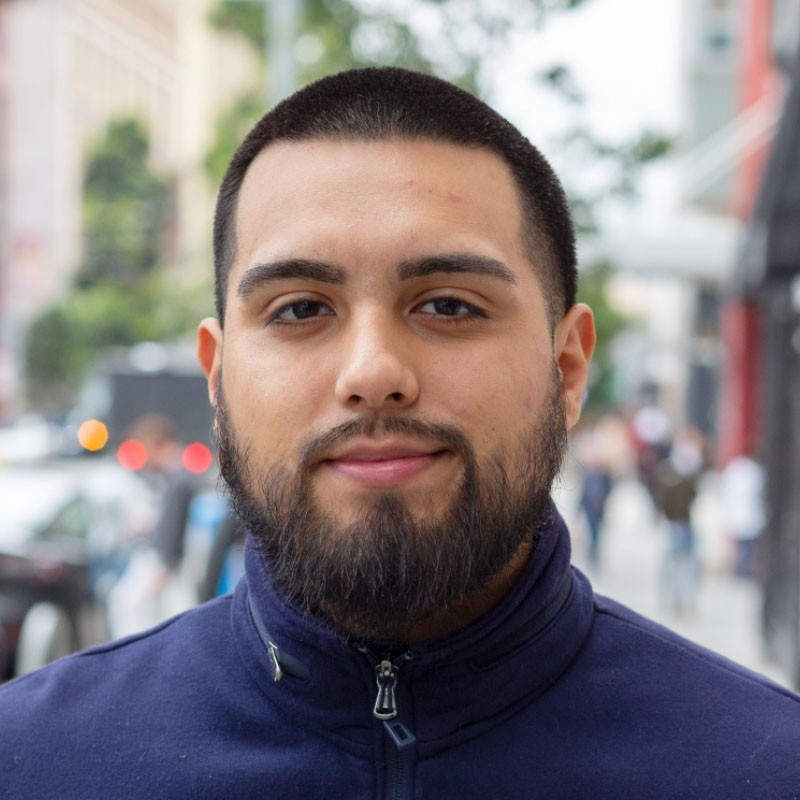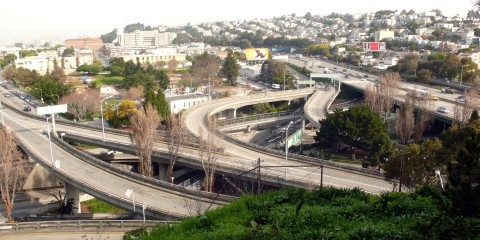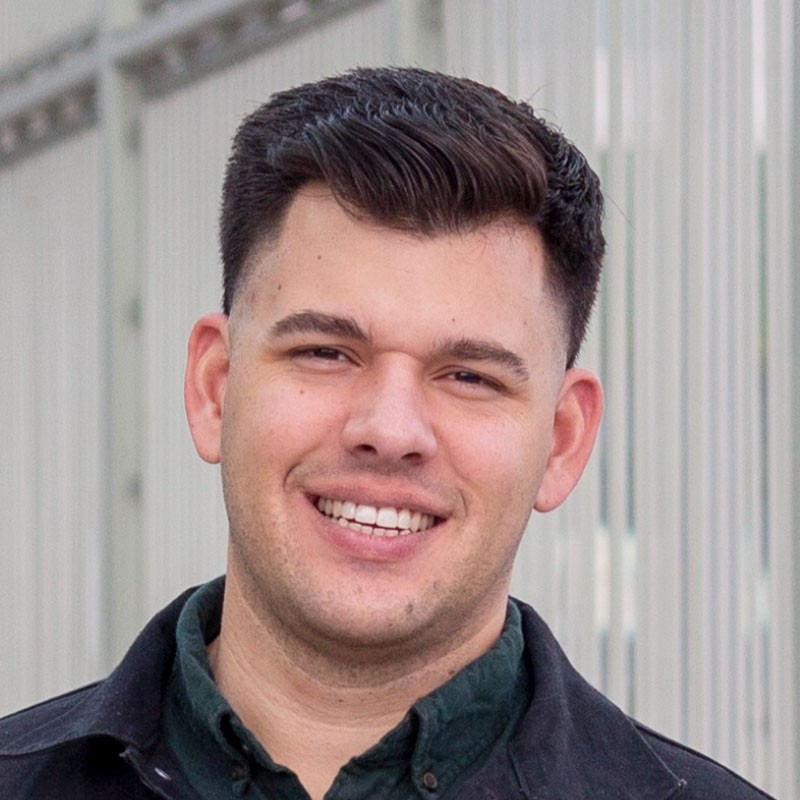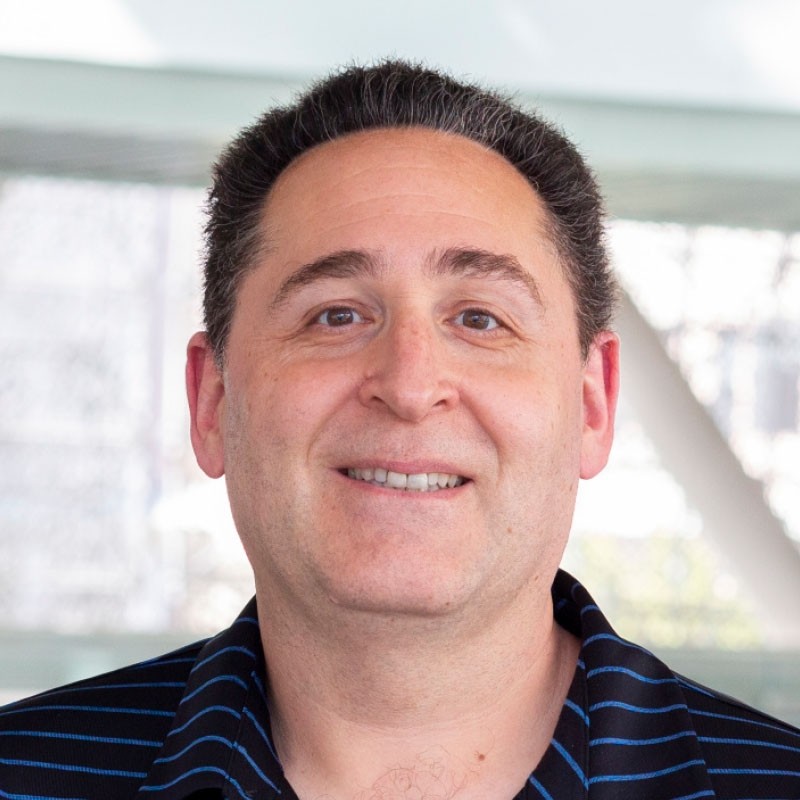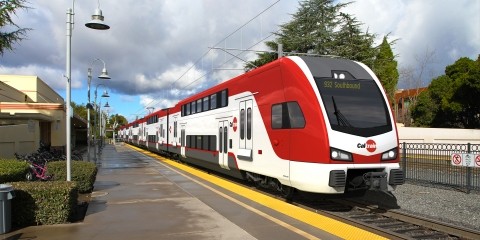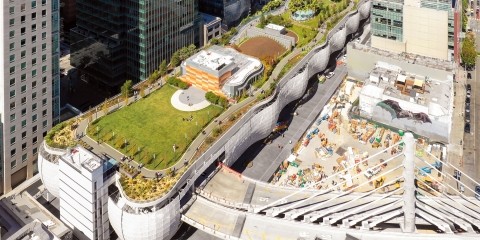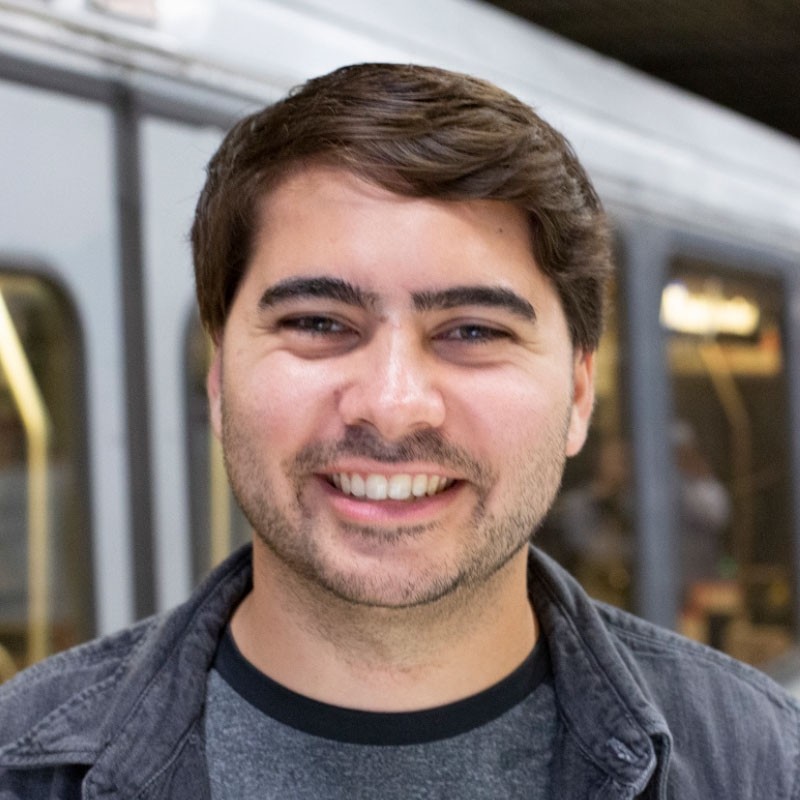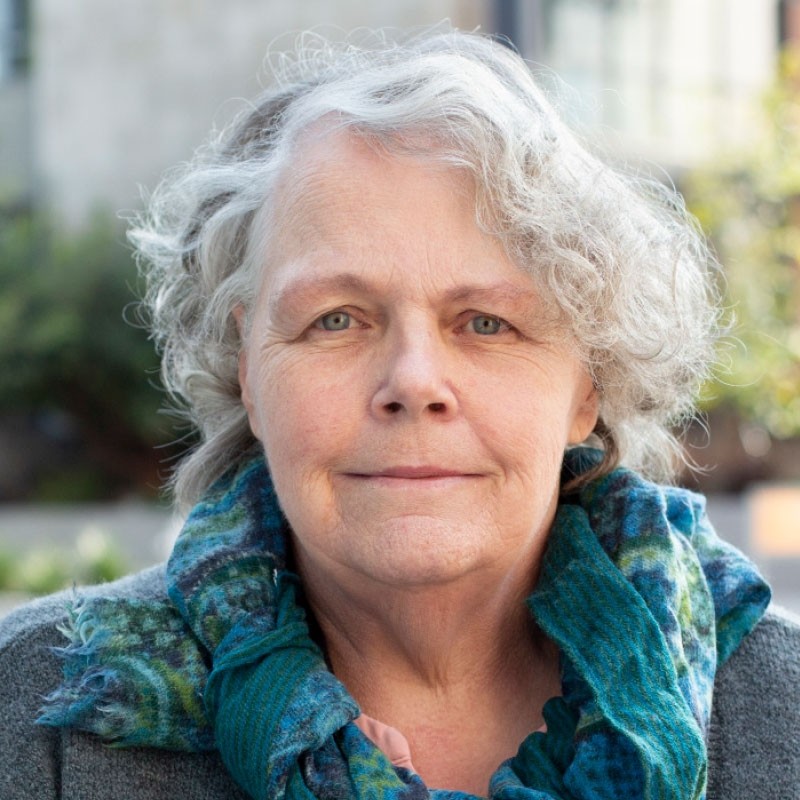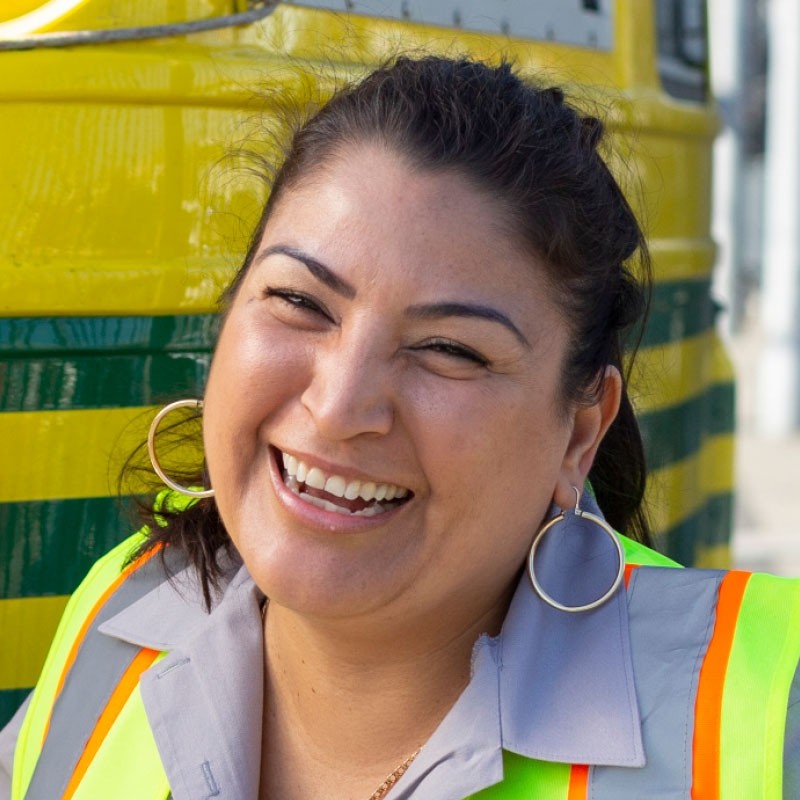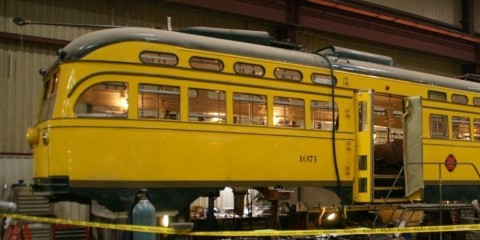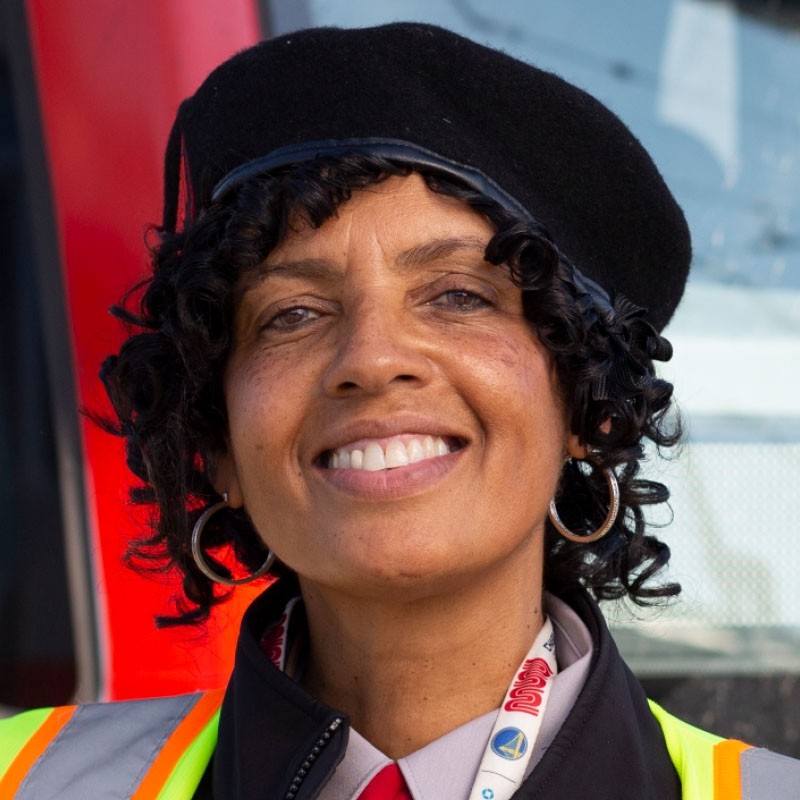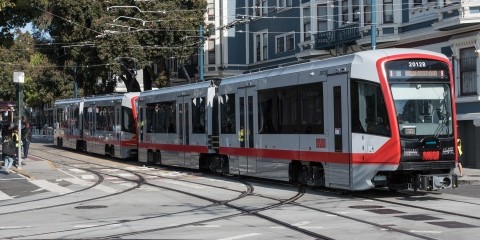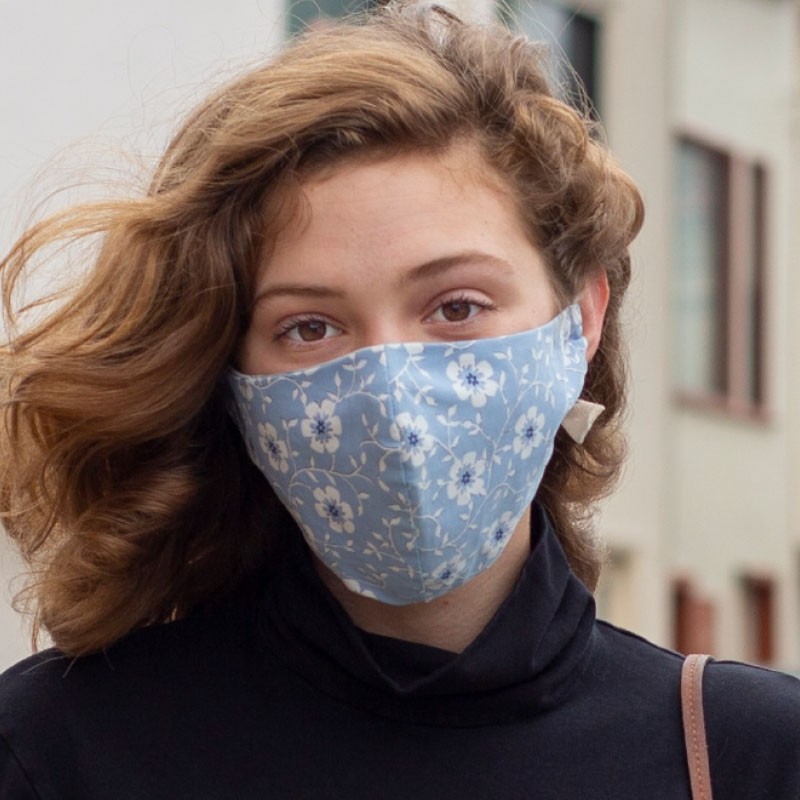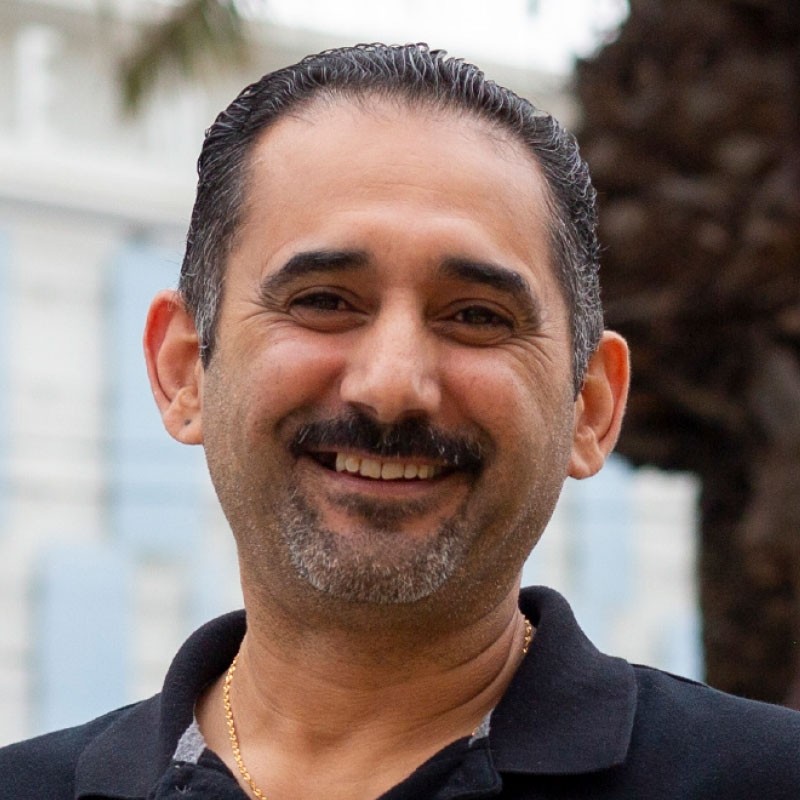
Mo Alhakim
Masonic Avenue Streetscape Project
What’s your connection to this project?
“I’m the owner of Mo’s Café which is located in the plaza very close to Masonic. I watched all three years of construction and had a front row seat to the improvements as they were implemented.”
How has the project improved the area/neighborhood?
“The Masonic Avenue Streetscape Project has totally changed the neighborhood in a positive way. The project brought the area together, and continues to bring people to our neighborhood. Now we see people coming with their kids to play and enjoy the new space, especially on weekends. I’ve also noticed an increase in safety. Now the area feels more open and you can see people better. All the improvements are really great.”
About the project
The Masonic Avenue Streetscape Project is a community-led effort to improve safety for people walking, biking, taking transit, and driving on Masonic between Geary and Fell streets.
The Transportation Authority supported the project with approximately $514,000 from San Francisco's voter-approved half-cent sales tax for transportation.
Project improvements include reallocated road space to calm traffic, a dedicated raised green bike lane, new medians and sidewalk bulb-outs, bus boarding islands, repaving, more visible traffic signals, public art, wider sidewalks, better lighting, and a new public plaza. The project is a partnership between San Francisco Public Works and SFMTA.



